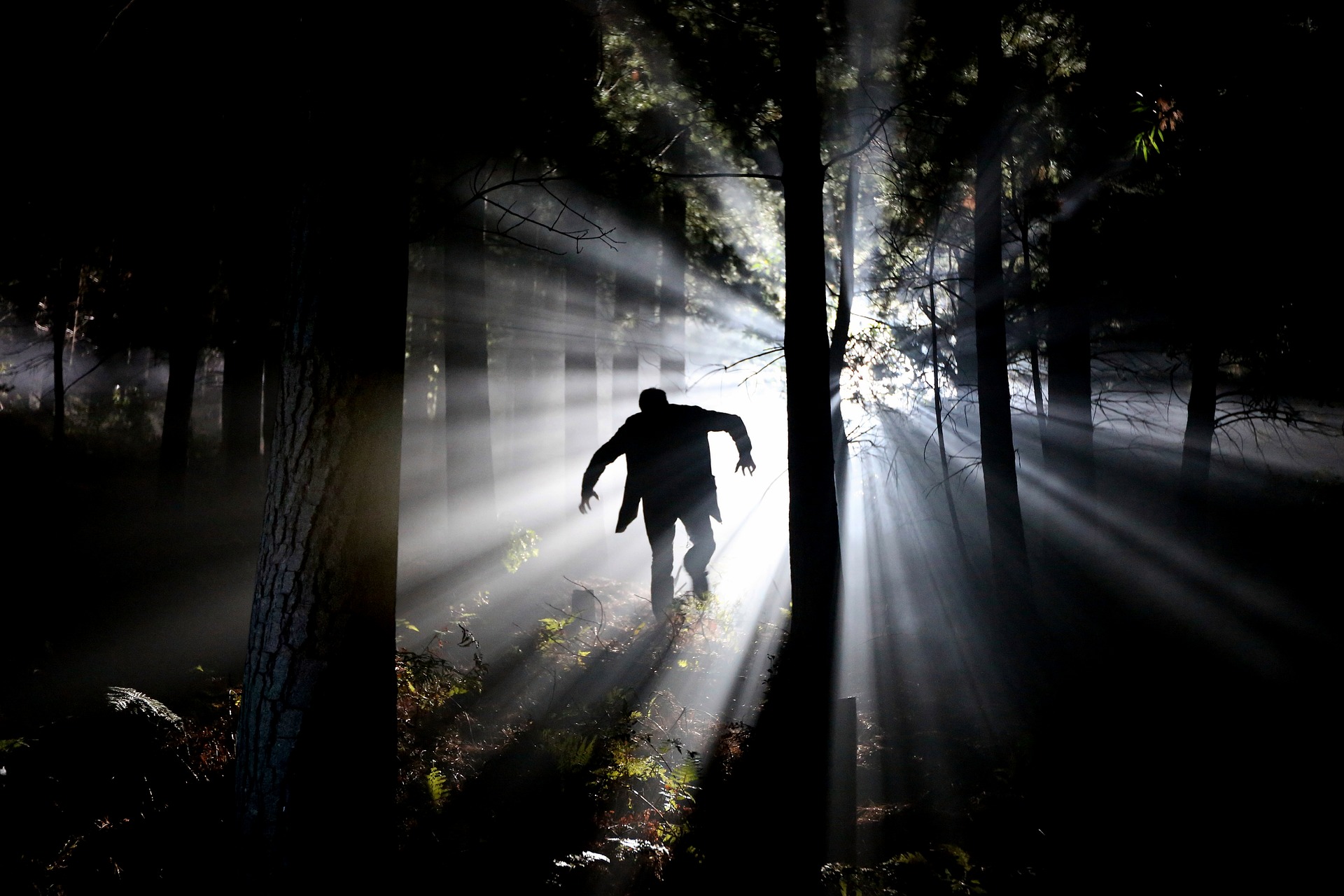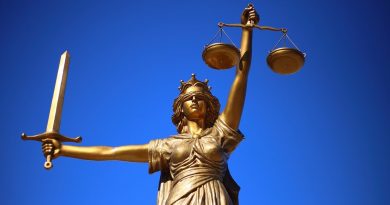Frankenstein at 200
Mary Shelley’s most famous novel, Frankenstein, turns 200 this year. In honor of this momentous anniversary, people across the country are celebrating the novel’s enduring place at the top of must-read lists and asking if the messages of this book are still alive today.
As someone who works in a center dedicated to the study of the ethical, legal, and social implications of new technological advancements, I find it especially relevant that Victor Frankenstein’s problems grew out of his isolation. Frankenstein’s tale begins, “in a solitary chamber, or rather cell, at the top of the house, and separated from all the other apartments.”
He is physically and emotionally detached from those around him, including those who could caution him against the experiment that results in his creature.
Without oversight, he finds himself in a predicament he is ill-equipped to handle. He avoids confronting his missteps and hopes that by ignoring it, his monster creation might vanish. Even as Frankenstein recovers from a nervous breakdown resulting from the trauma of his success, he tells no one.
Later still, when given the opportunity to confess his creation – how it had gone awry and something must be done to contain it – he again “resolved to remain silent.”
When charged with creating a companion for his miserable creature? You guessed it – he was alone.

Alone, Frankenstein lost sight of the broader implications of his actions. In single-minded pursuit of his goal, he shut out the opportunity for impartial actors or voices of reason to weigh in on his work. Frankenstein’s shame and regret kept him silent, even as the repercussions harmed those around him.
Indeed, Frankenstein never submitted his experiment to fictional Ingolstadt’s non-existent Institutional Review Board (IRB), or allowed the potential impacts of his research to be scrutinized and studied by centers like ours.
Two hundred years later, the conduct of science has different requirements. Decades of very real medical and scientific misconduct have given us numerous laws and regulations, institutional procedures, internationally-agreed-upon codes and ethical principles, reporting requirements, and eyes everywhere attached to liability-wary institutions.
But at what cost? Could Frankenstein have created his monster in a 21st-century setting? Likely not.
There is a flip side to all of this. Frankenstein achieved something stunning and unimaginable: He gave life to pieces of lifeless flesh. What he accomplished was unquestionably a scientific marvel, and, treated differently, could have had the potential for good. But Frankenstein toiled alone and created a monster. The monster suffering in isolation became evil. Somewhere in this fictional equation is the balance of external involvement that could have permitted Frankenstein’s incredible innovation yet prevented the horrors that transpired.
I cannot help but wonder what the balance is between too much and too little oversight, and if we have truly found it. It’s hard to believe that Frankenstein could have gotten IRB approval for his ill-fated experiment, but does that mean that it should never have taken place?
I can only smile thinking of how a young Frankenstein, so desperate for a science that aspired to otherworldly greatness, would react to the advancements of 2018. He regarded with such disdain the natural philosophers who did not seek “immortality and power,” like the masters he admired. They were, to his dismay, “exchanging chimeras of boundless grandeur for realities of little worth.” Today, we are so much closer to grandeur than ever before, but are we where we could be? Is our capacity for harm so great that it’s worth the tradeoff of stifled scientific advancement to protect us from ourselves?
Perhaps questions like these are precisely why Shelley’s novel endures, and why so many people around the world celebrate its 200th year. It forces us to wrestle with questions about human nature, our capacity for good and evil, and the limits of human ingenuity.
Despite all the safeguards we implement, we must still ask how safe we truly are from the monsters we create and the monsters we can become.
-By Leah Fowler, J.D., health policy program manager in the Center for Medical Ethics and Health Policy at Baylor College of Medicine




Pingback: Weekend reads: Papers from prison; profs' kids as co-authors; a history journal flap | Retraction Watch
Prior to reading Frankenstein, I’ve heard of him, he is just one of those “cult classic” monsters that everyone knows about. But this book was a pretty fascinating read in my opinion. I expected his appearance to match exactly who he was on the inside. However, having now read it, my expectations were flawed. I also read an article about Similarities Between Victor and the Monster https://freebooksummary.com/frankenstein-similarities-between-victor-and-the-monster-19393 and now I think who is really a monster? What do you think about it?